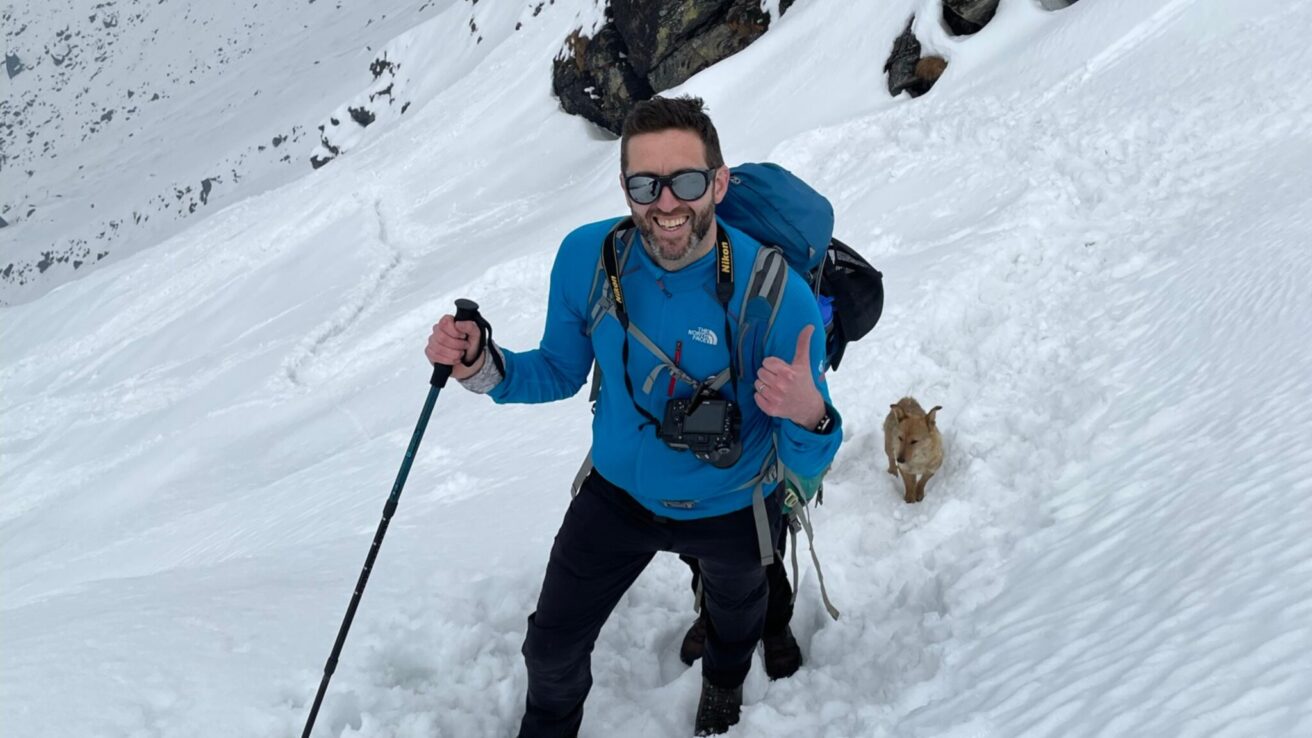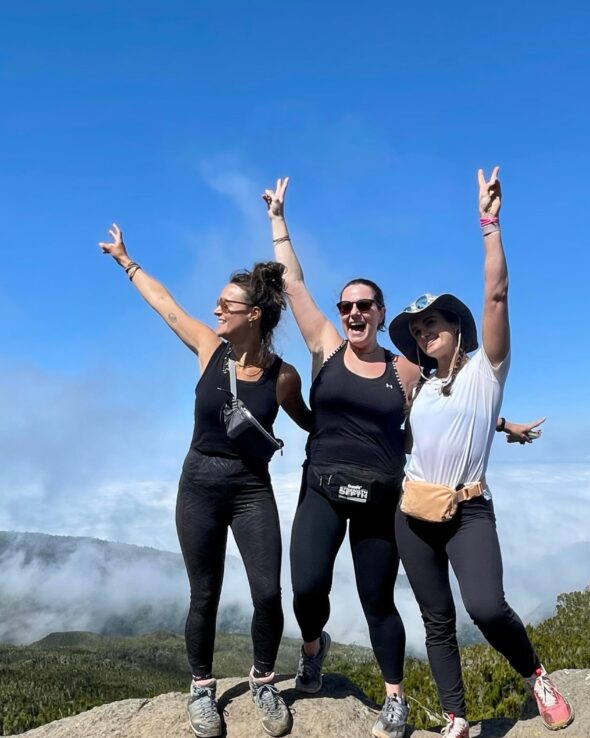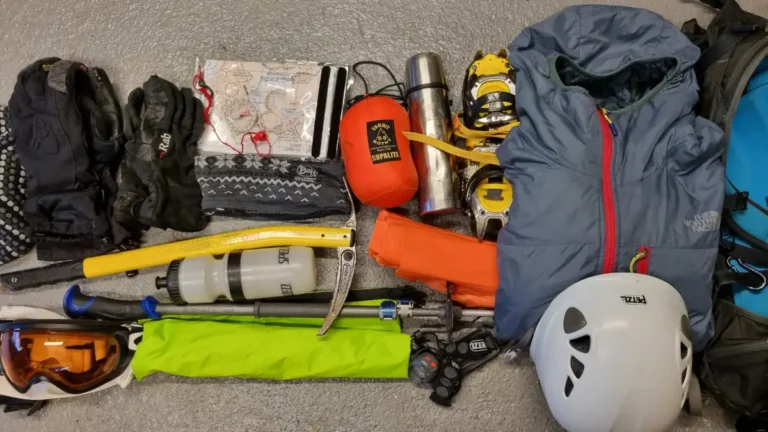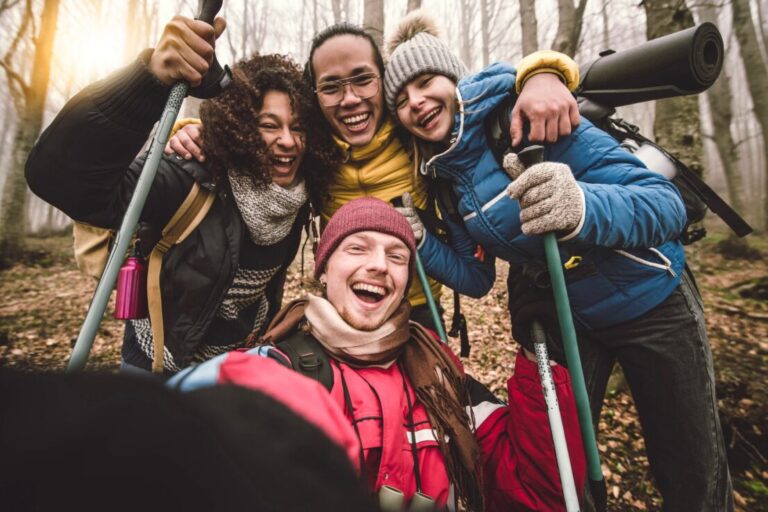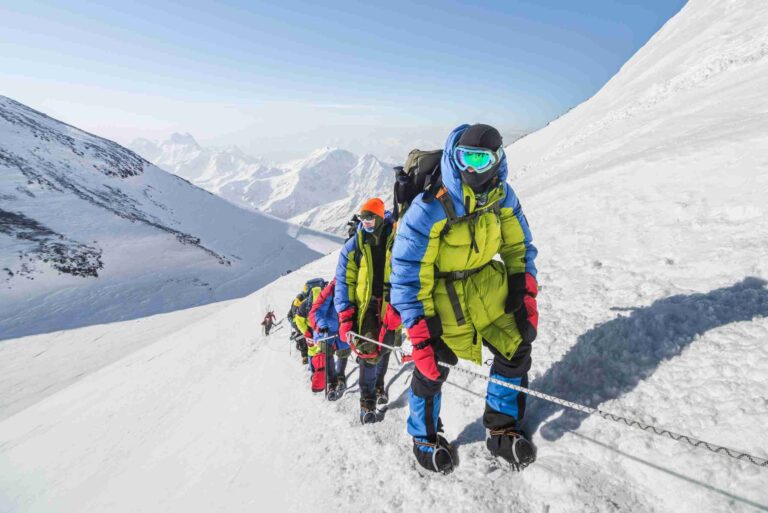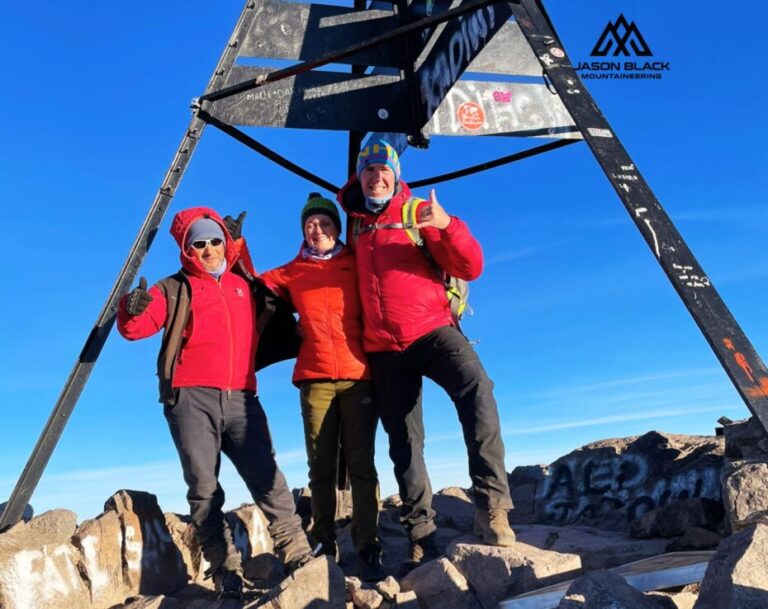If you’re considering this majestic climb, you’ve come to the right place. Here are some common questions you might have about tackling Mera Peak that people have asked me:
1. What is Mera Peak’s elevation, and why is it famous?
Mera Peak stands at 6,476 meters (21,247 feet) and is one of the highest trekking peaks in Nepal. Its fame comes from offering incredible views of five of the world’s highest mountains: Everest, Lhotse, Makalu, Cho Oyu, and Kangchenjunga, all visible from its summit.
2. Is Mera Peak suitable for beginner climbers?
Yes, Mera Peak is often considered a “trekking peak” suitable for beginners. However, it requires a good level of fitness, basic mountaineering skills, and acclimatization. You will need to be comfortable using crampons, ice axes, and ropes. Practice and fitness preparation before the climb are essential.
3. What is the best time of year to climb Mera Peak?
The best times to climb are during the pre-monsoon spring months (March to May) and the post-monsoon autumn months (September to November). These periods offer stable weather and clearer skies, providing breathtaking views from the summit.
4. How long does the Mera Peak expedition take?
A typical Mera Peak expedition takes approximately 18-21 days. This includes arrival in Kathmandu, trekking to Mera Peak Base Camp, acclimatization days, and the ascent itself. Proper acclimatization is crucial to reduce the risk of altitude sickness.
5. What gear is essential for the climb?
Key gear includes climbing boots, crampons, an ice axe, a harness, trekking poles, and proper clothing layers for varying temperatures. Don’t forget quality sunglasses and sunscreen, as the sun can be intense at high altitude.
6. Will I need a permit to climb Mera Peak?
Yes, a climbing permit is required for Mera Peak. You will need to obtain a trekking permit for the Khumbu region and pay a fee for the Mera Peak climbing permit. This process is usually managed by your guiding company, under my guidance, I handle this for you.
7. What about accommodation and food during the trek?
Accommodation ranges from hotels in Kathmandu to teahouses and tents during the trek. Teahouses provide basic meals, but it’s advisable to bring some high-energy snacks. Staying hydrated and maintaining a balanced diet is key to acclimatization.
8. Is it safe to climb Mera Peak?
Climbing always carries some risk, but with proper acclimatization, experienced guides, and adherence to safety protocols, it is relatively safe. Always listen to your body and guide, ensuring that safety is the top priority.
9. What’s the most challenging part of climbing Mera Peak?
The final summit push is the most challenging due to steep snow slopes, high altitude, and cold temperatures. However, reaching the summit and soaking in those panoramic views makes every challenge worth it!
Conclusion
Climbing Mera Peak is a rewarding adventure that combines breathtaking landscapes with the exhilaration of reaching a high-altitude summit. With preparation, the right gear, and professional guidance, you’ll be on your way to an unforgettable experience. If you have more questions or need advice, feel free to reach out. Happy climbing!
Your guide to the skies,
Jason Black

